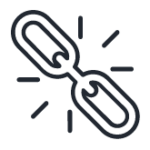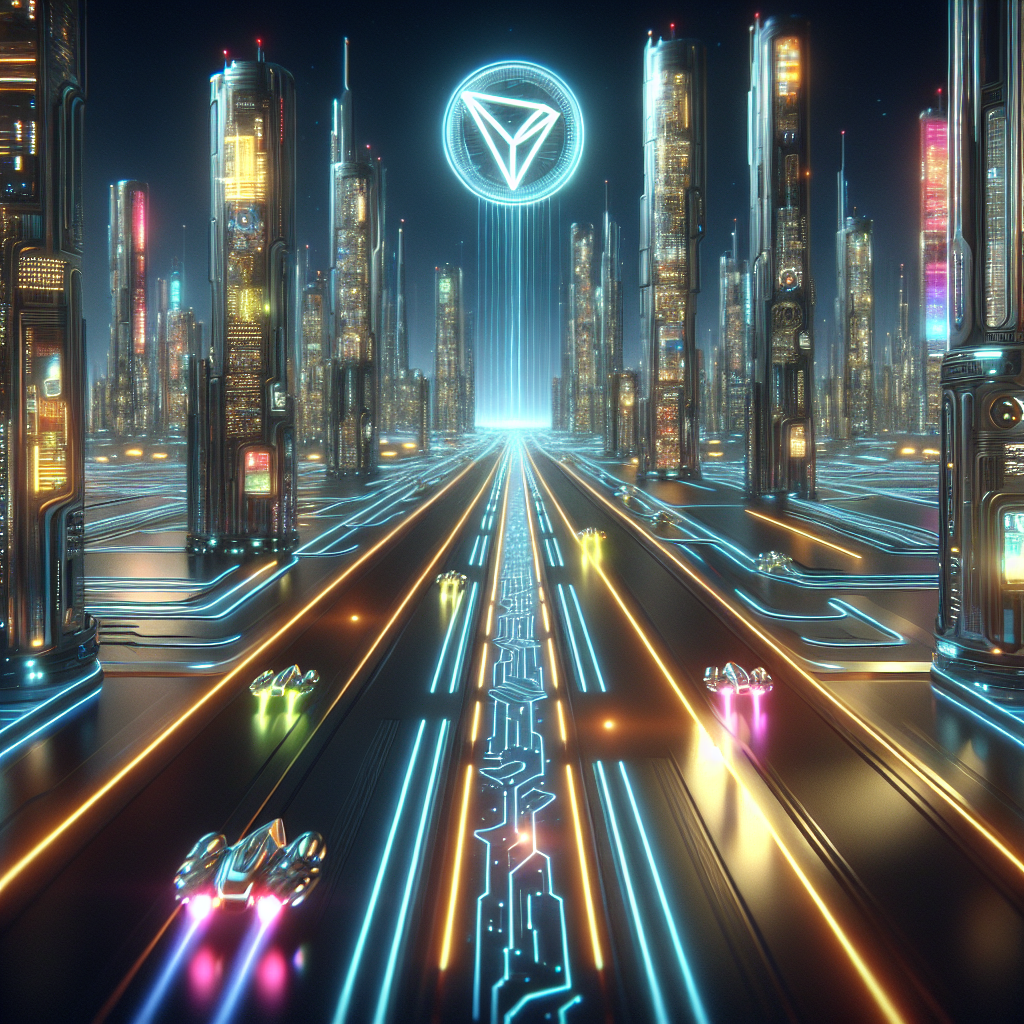Embrace the World of TRON: A Beginner’s Journey
Stepping into the world of TRON development can seem like a daunting task initially. The universe of blockchain technology is vast, and TRON, as one of its stars, comes with its own set of unique features and complexities. However, fear not! As it is with any other technology, a solid understanding of the basics, the right tools, and a bit of persistence can take you a long way in your development journey.
TRON is one of the fastest-growing blockchain platforms in the world. It’s designed to decentralize the internet and transform the way content and media are published, stored, and consumed. So, whether you’re a beginner just dipping your toes in the blockchain world or an experienced developer looking to explore new frontiers, the TRON universe is a fascinating place to be.
The journey of becoming a TRON developer is filled with exciting challenges and rewarding accomplishments. In this beginner’s guide, we will walk you through the basic concepts, the tools you’ll need, how to create your first smart contract, and how to enhance your development skills. Let’s embark on this exciting journey together!
TRON 101: Understanding the Basics
TRON is a decentralized blockchain platform based on a cryptocurrency native to the system, known as the TRONIX (TRX). The platform allows anyone to host their content on the blockchain, where others can access it without the need for intermediaries like Google Play or the Apple Store. TRON’s main aim is to eliminate these middlemen and allow content creators to interact directly with their consumers.
Understanding TRON also involves learning about its three-layer architecture: the storage layer, the core layer, and the application layer. The storage layer is responsible for blockchain storage and state storage. The core layer deals with smart contracts, account management, and consensus. Lastly, the application layer is where developers create and deploy the decentralized applications.
Another key feature of TRON is its use of the Delegated Proof of Stake (DPoS) consensus mechanism, which enhances the speed and efficiency of transactions. Unlike some other blockchain systems that use Proof of Work, TRON’s DPoS allows for faster and more cost-effective transactions.
Tools in the TRONverse: What You Will Need
In order to start developing on the TRON network, you need to familiarize yourself with the necessary tools. The first thing you will need is the TRONLink Wallet, which allows you to send and receive TRX, the native token of TRON. TRONLink Wallet is available as a browser extension and as a mobile app.
Next, you’ll need an Integrated Development Environment or IDE. For TRON, the recommended IDE is Tron Studio. It’s a comprehensive development tool that allows you to write, test, and deploy smart contracts on the TRON network.
Finally, you’ll need a Solidity Compiler. Solidity is the programming language used to write smart contracts on the TRON network. The compiler converts your Solidity source code into a format that the TRON Virtual Machine can understand.
Creating Your First TRON Smart Contract: Take the Leap
Creating your first TRON smart contract is a significant milestone in your journey as a TRON developer. A smart contract is a self-executing contract with the terms of the agreement between buyer and seller directly written into code. It allows trusted transactions and agreements to be carried out among disparate, anonymous parties without the need for a central authority, legal system, or external enforcement mechanism.
To write a smart contract on TRON, you will use the Solidity programming language. Start by setting up your development environment with Tron Studio, then write your smart contract in Solidity. Once your code is ready, you can use Tron Studio to test and deploy your smart contract on the TRON network.
Remember, practice makes perfect! No one becomes an expert overnight, so keep experimenting, learning, and refining your smart contracts. You’ll surely get the hang of it in no time!
Be the Master of TRON Network: Detailed Guide
Becoming a master of the TRON network involves understanding its architecture in depth, learning how to optimize your smart contracts, and efficiently debugging your code. You should also familiarize yourself with TRON’s consensus mechanism, the Delegated Proof of Stake (DPoS). It’s a unique feature of TRON that sets it apart from other blockchain platforms.
The next step to mastering TRON is to get hands-on experience. The more you code, the better you become. Try out different things, experiment with the functionalities, and don’t be afraid to make mistakes. That’s how you learn.
Lastly, engage with the TRON community. Participate in discussions, ask questions, and learn from others’ experiences. The TRON community is vibrant and active, with many experienced developers willing to offer guidance and support.
Debugging in TRON: Make Your Life Easier
Debugging is an essential part of any development process, and TRON is no exception. Working with blockchain technology can be tricky, and you’re bound to run into bugs and errors. However, with the right approach, debugging can be a less daunting task.
TRON Studio, the recommended IDE for TRON development, comes with a built-in debugger. It’s a powerful tool that helps you identify and fix errors in your smart contracts. The debugger allows you to step through your code, examine variables, and gain a better understanding of your program’s execution flow.
Additionally, TRON provides extensive documentation which can be a helpful resource when dealing with bugs. It contains detailed information on the TRON network, its API, and common issues that developers face, making it an invaluable tool in your debugging arsenal.
Enhancing Your TRON Development: Tips and Tricks
Here are some tips and tricks to enhance your TRON development journey:
- Keep your code simple: The simpler your code, the easier it is to debug and maintain.
- Learn from others: Look at existing smart contracts on the TRON network to learn best practices.
- Stay updated: Blockchain technology is fast-evolving. Make sure to stay updated about new features and updates to the TRON network.
Finally, always test your smart contracts thoroughly before deployment. This will help you catch bugs early and ensure that your contract works as expected.
Congrats! You Are Now a TRON Developer: What’s Next?
Congratulations! You’ve taken your first steps into the exciting world of TRON development. But the journey doesn’t end here. Keep experimenting, keep learning, and keep pushing your boundaries.
The next step is to start working on real-world projects. This will give you a hands-on experience of how things work in the TRONverse and help you apply what you’ve learned. Also, remember to engage with the community. It’s a great place to share your projects, get feedback, and learn from other developers.
So go on, explore the infinite possibilities that the TRON universe has to offer, and make your mark in the world of blockchain technology. Happy developing!

